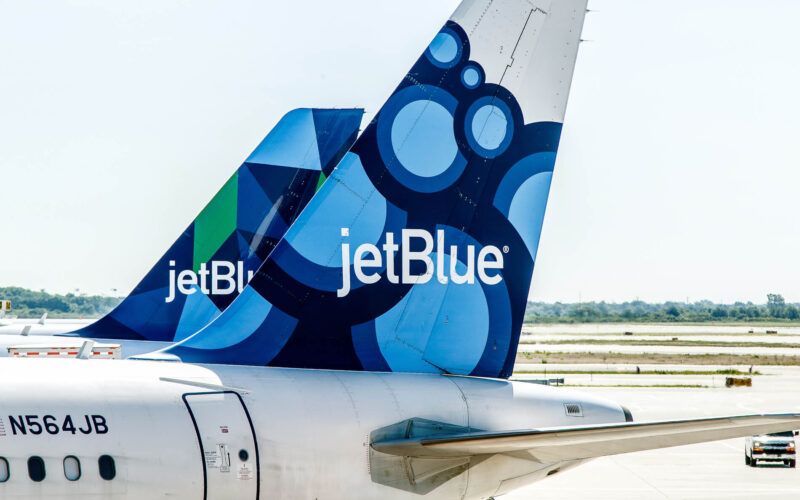The US-based low-cost airline JetBlue (JBLU) recorded a pre-tax loss of $636 million for Q1 2021. Having predicted to face a decline in revenue for up to 64%, the airline announced that its revenue dropped by 61% in comparison to pre-pandemic levels. Despite the fall, BlueJet expressed expectations for a significant revenue improvement driven by increased load factors.
JetBlue (JBLU) posted a pre-tax loss of $636 million in Q1 2021 compared to a pre-tax income of $70 million in the same period of 2019. The latest investor update suggested that the company reduced capacity by 41% in line with its original plan and managed to end the first quarter with almost $3.2 billion in unrestricted cash as well as cash equivalents, and short-term investments equaling to 40% of its revenue pre-pandemic. The low-cost carrier also repaid $94 million in regularly scheduled debt and finance lease obligations and fully returned a $550 million credit facility.
In order to strengthen its liquidity position, JetBlue (JBLU) raised about 750 million with a convertible debt offering transaction and seems to be confident about the company’s future as it saw positive cash operations for March 2021.
“Looking back to our work from 2020, I could not be more confident in our future. Our teams continue executing our comprehensive recovery plan, reducing our cash burn, rebuilding our margins, and repairing our balance sheet,” Robin Hayes, the CEO of JetBlue (JBLU) was quoted in the airline‘s statement.
Despite the losses, the airline anticipates an improvement in demand trends for leisure traveling and disclosed ambitious plans for Q2 2021. JetBlue (JBLU) considered staying focused on balancing supply and demand, and expects to produce positive cash from its operations which will be used to repay the company’s debt to get closer to profitability.
“For the second quarter of 2021, our planning assumption is for capacity to decline approximately (15%) year over two, given the strong sequential improvement in demand. […] Going forward, as we produce positive cash from operations, we plan to prioritize paying down high-cost debt. We also intend to continue to take a strategic and measured approach to return to investment grade metrics and debt to cap ratio between 30% and 40%,” the Chief Operating Officer Joanna Geraghty said.

